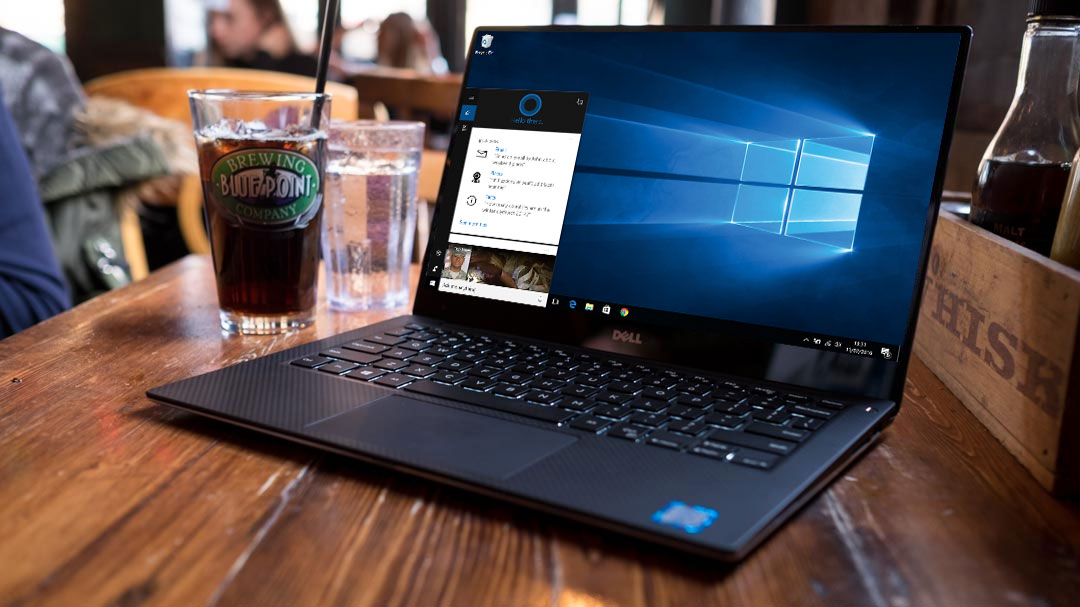Microsoft clarifies exactly what personal data is collected in Windows 10
Publishes full breakdown of ‘basic’ level diagnostic data

Ahead of the Creators Update, which will officially begin to roll out next week, Microsoft has opened up even further about Windows 10 and privacy. The company has published full details of the diagnostic data collected by the OS when telemetry is set to the ‘basic’ level.
Yes, this is Microsoft taking another step in coming clean regarding the data it collects from users’ PCs, addressing previous accusations of a lack of transparency in terms of the details Windows 10 pipes back to the software giant’s servers.
So, to make things clear, Microsoft has published an exhaustive list of all the data Windows 10 relays back to the mothership when diagnostic data collection is set to ‘basic’ (which is one of two options, the other being ‘full’). And, boy, is it exhaustive – it’s tiring just scrolling through the thing, let alone reading it. Have a look for yourself here, if you’re brave enough.
In practice, to the average user, this sprawling point-by-point breakdown won’t mean much, and won’t be particularly useful. But the point, really, is that Microsoft is happy to lay its cards out on the table, so those with a deep interest in Windows 10 privacy issues can see what’s going on under the hood.
In the blog post outlining all this, Terry Myerson, EVP of the Windows and Devices Group, noted that, on a broader level, Microsoft's "commitment to you is that we only collect data at the basic level that is necessary to keep your Windows 10 devices secure and up to date.”
What about those with diagnostics on full? He further explains: “For customers who choose the full level, we use diagnostic data to improve Windows 10 for everyone and deliver more personalized experiences for you where you choose to let us do so.”
Microsoft hasn’t, however, provided a complete list of everything collected for those who are running with the full setting. Although the company has provided a broad overview of the types of diagnostic data collected with this option (perhaps on the grounds that an exhaustive list would have taken them until the end of the year to compile).
Get daily insight, inspiration and deals in your inbox
Sign up for breaking news, reviews, opinion, top tech deals, and more.
- Make sure to get Windows 10 on only the best Ultrabook if you do
Clear signal
So, the upshot of all this? It’s clearly another signal that Microsoft wants to shed the image of being at fault on the privacy front, even if the actual information revealed isn’t going to be all that interesting to the average Joe or Jane.
That said, there will doubtless be folks out there who want another option apart from ‘basic’ or ‘full’ when it comes to diagnostic data hoovering – and that would be ‘none’. That’s not likely to happen, though.

As you may be aware, with the Creators Update, Microsoft has already made some big changes to Windows 10’s installation process, highlighting privacy settings more clearly, and giving the user simple sliders to turn off elements such as usage of location data or targeted ads.
The screen shown above is where you’ll choose between basic or full diagnostic data, with the default being the former.
Despite this move, back in February, EU data protection bigwigs told Microsoft it still wasn’t doing enough with privacy, and that the company needed to clearly explain what kinds of personal data are processed, and to what end.
And this blog post is a direct reaction to that demand, as Myerson notes: “This feedback – in line with the feedback we have received from the European Union’s Article 29 Working Party and national data protection authorities that have specifically engaged us on Windows 10 – was essential for Microsoft to identify and implement improvements in our privacy practices.”
Although we’re not sure that the EU authorities were really asking for a point-by-point list, but rather, more useful and detailed clarifications given to the user in the installation process. Still, the full details and transparency shown here will no doubt be welcome in Europe (and elsewhere, for that matter).
One final thing: it’s not just those running with a fresh installation of Windows 10 who will get the benefit of the new privacy settings being introduced with the Creators Update. Anyone upgrading to this version will also be presented with a slightly different menu – but featuring the same simple sliders – allowing them to review their privacy settings.
- These are the best PCs you can buy in 2017
Darren is a freelancer writing news and features for TechRadar (and occasionally T3) across a broad range of computing topics including CPUs, GPUs, various other hardware, VPNs, antivirus and more. He has written about tech for the best part of three decades, and writes books in his spare time (his debut novel - 'I Know What You Did Last Supper' - was published by Hachette UK in 2013).